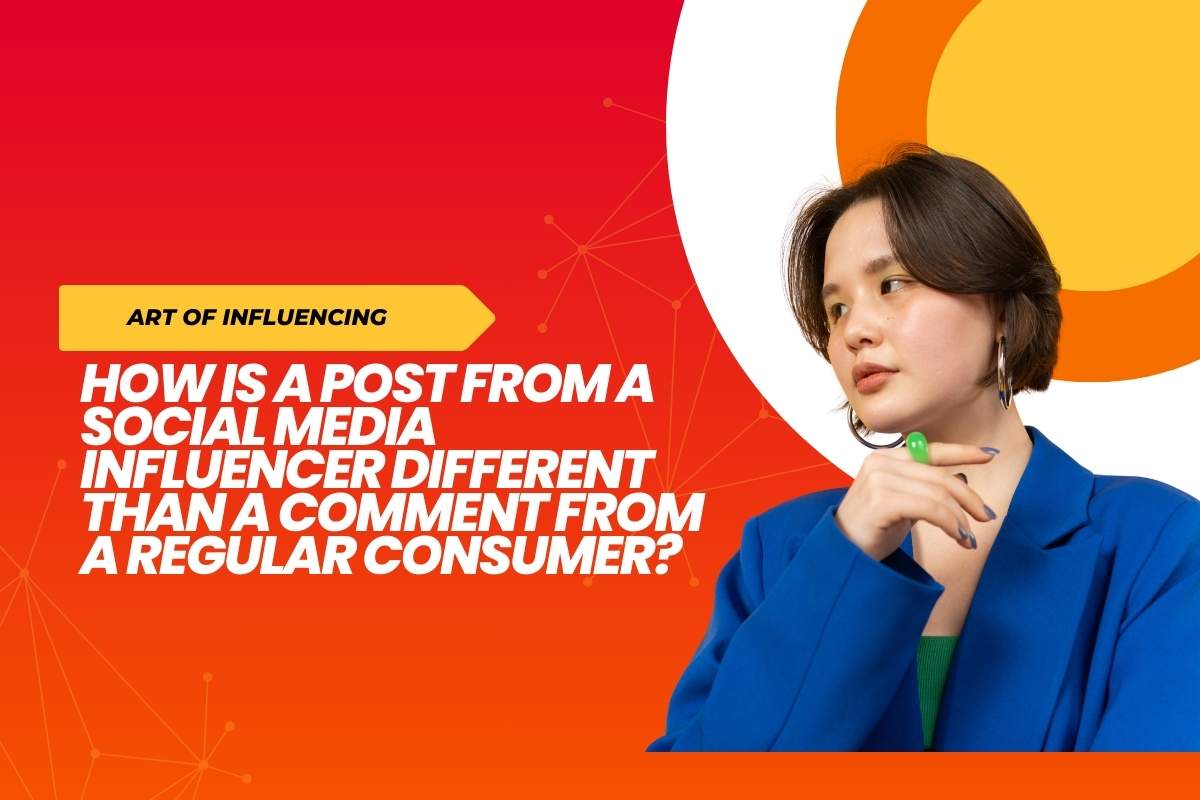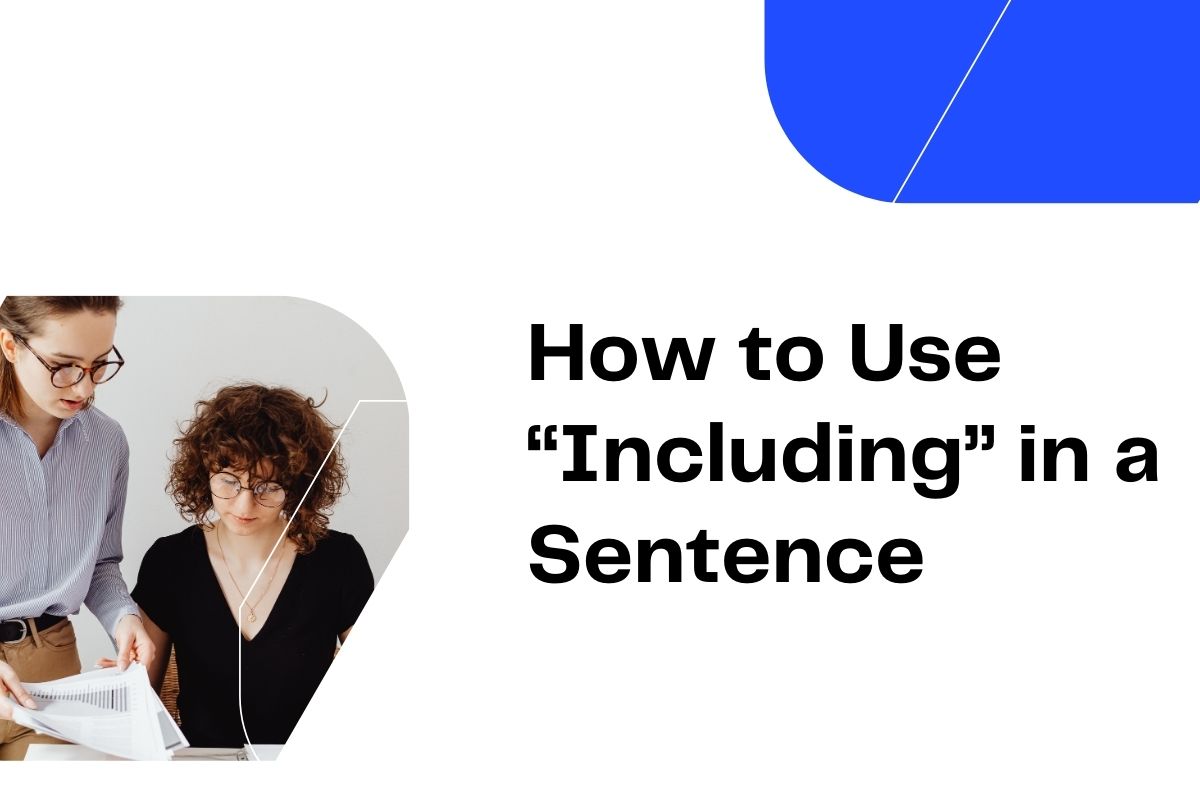In the digital age, people rely heavily on social media to discover new products, services, trends, and even ideas. Two common sources of content are influencers and regular consumers. While they may post or comment on the same platform, the nature of their messages, their purpose, and the impact they have are quite different. So, how is a post from a social media influencer different than a comment from a regular consumer?
A social media influencer is someone with a large following who often collaborates with brands or shares lifestyle content to impact audience decisions. On the other hand, a regular consumer is a person who uses a product and might casually share their honest opinion or review. While both contribute to the digital conversation, their influence, tone, and purpose differ greatly.
Understanding these differences is vital for businesses planning their marketing strategies and for everyday users who consume this content. In this article, we will explain how influencer posts and consumer comments differ in intention, structure, reach, trust levels, and marketing value.
Key Points:
- Influencer posts are usually planned, polished, and often sponsored.
- Consumer comments are spontaneous and usually unpaid.
- Influencers impact trends; consumers share personal experiences.
What Is the Purpose Behind an Influencer’s Post vs a Consumer’s Comment?
When comparing influencer posts and consumer comments, the biggest difference lies in their purpose. Influencers create content with a specific goal. This could be to promote a product, build a personal brand, or educate their audience. Their content is often part of a marketing plan and is designed to engage, inform, or persuade. Many influencers work with companies through paid partnerships or gifted collaborations, so their message is shaped to fit brand guidelines.
For example, an influencer might post a high-quality image of themselves using a skincare product, include hashtags like #ad or #sponsored, and explain how the product changed their skin. The post often contains brand mentions, discount codes, and product links to drive sales.
In contrast, a regular consumer might comment under a product post saying, “I’ve used this and it works well!” or “This didn’t help my skin at all.” These comments are typically personal, brief, and reflect the user’s genuine experience without any financial motivation.
Note: Influencer posts are often guided by contracts, while consumer comments are free-form and opinion-based.
So, while both types of content add value to the online conversation, the intention behind them is very different. Influencers aim to inform or promote, while consumers aim to share.
How Do Influencer Posts and Consumer Comments Differ in Tone and Style?
Another important distinction is tone and style. Influencers take time to craft their content, using specific colors, captions, editing apps, and even professional photographers. Their tone is often polished, positive, and aligned with their personal or professional brand. Their goal is to attract attention and encourage engagement.
A good example is a fashion influencer who posts a picture in a sponsored outfit. The caption may include emojis, personal stories, styling tips, and a clear call-to-action like “Use my code for 20% off!” These posts often go through several drafts and might be reviewed by the brand before posting.
On the other hand, a regular consumer comment is usually unfiltered and spontaneous. It might be just a sentence or two and doesn’t follow any brand guidelines. A user may comment, “The material feels cheap,” or “I love how soft this jacket is!” without much formatting or thought to aesthetics.
| Tone/Style Elements | Influencer Post | Consumer Comment |
|---|---|---|
| Language | Polished and professional | Casual and personal |
| Media Quality | High-quality images/videos | Often text-only |
| Call-to-Action | Usually present | Rarely used |
| Emotional Appeal | Carefully crafted | Honest and raw |
Reminder: Tone and style help shape audience perception, especially when trust and engagement are involved.
This difference in tone is crucial. Audiences may feel more connected to the raw honesty of a consumer, but they are also drawn to the visual appeal and influence of a well-crafted post.
Which Has a Bigger Impact on Audience Decisions?
Influencers often have a greater impact on purchasing decisions due to their reach and reputation. They are seen as experts or trendsetters in their niches—whether that’s fashion, tech, fitness, or beauty. Their followers trust their opinions and are more likely to buy something simply because the influencer recommends it.
In fact, studies show that around 60% of consumers have made a purchase based on an influencer’s recommendation. Influencers offer consistent branding and can frame a product in a desirable lifestyle context.
However, that doesn’t mean regular consumer comments don’t matter. In fact, many people scroll through the comments section to find real, unpaid reviews. Consumer feedback is often seen as more trustworthy because it is perceived as unbiased.
Imagine looking at a tech gadget. If a tech influencer praises it in a video, you’re likely impressed. But if you then see 20 comments saying it breaks easily, your opinion might change. So, both types of content affect decision-making, just in different ways.
Here’s a comparison:
| Impact Area | Influencer Post | Consumer Comment |
|---|---|---|
| Reach | High (thousands to millions) | Low to medium |
| Perceived Trust | Moderate to high (if authentic) | High (if many users agree) |
| Conversion Rate | High when paired with offers | Low individually, high collectively |
| Emotional Influence | Very high | Moderate |
So, while influencers can create trends, consumer comments can validate or challenge them.
How Are Influencer Posts and Consumer Comments Perceived by Brands?
Brands see influencer posts and consumer comments in different ways. Influencer marketing is a growing industry where brands invest large budgets to collaborate with individuals who can promote their products effectively. A brand may work with 5–10 influencers during a product launch to increase visibility.
Influencers can help brands reach new audiences, build credibility, and create shareable content. Because their content is seen as authentic and engaging, many brands prefer influencer marketing over traditional advertising.
On the other hand, brands monitor consumer comments for different reasons. These comments offer real-time feedback about product performance, packaging, customer service, and more. Companies use this data to make improvements, respond to issues, and track customer sentiment.
For example, if a skincare brand launches a new serum and multiple comments mention irritation, the brand may adjust its formula or clarify instructions.
Brands value both voices:
- Influencers build brand image and hype.
- Consumers offer valuable insights and grassroots opinions.
Both play a role in building trust and long-term brand loyalty. Perutops
Can Influencers Also Be Regular Consumers?
Yes, and this adds an interesting layer to the topic. Many influencers start out as regular consumers. They share their love for a product or brand, gain a following, and eventually become recognized by companies. This natural growth often leads to more authentic influencer content.
Even after gaining influencer status, many still act like regular consumers. They might post unpaid reviews, try products on their own, or comment under other posts like any user would.
However, the key difference remains their influence. A comment from an influencer—even if unpaid—still carries more weight because of who they are. Their audience watches their content regularly and trusts their opinions more than a stranger’s.
This dual role adds complexity to content perception. It’s why platforms now require influencers to disclose sponsored content, so audiences know when a post is promotional.
By understanding this crossover, users can better evaluate the messages they see online. Perutops
Conclusion
The difference between a post from a social media influencer and a comment from a regular consumer is all about intention, structure, influence, and perception. Influencer posts are often planned, branded, and crafted for engagement and promotion. They reach large audiences and play a big role in shaping trends and consumer behavior.
In contrast, regular consumer comments are often raw, honest, and personal. They provide authentic feedback that others trust when making purchase decisions. While both types of content are important, they serve different roles in the digital marketing world.
Whether you’re a brand, a consumer, or an aspiring influencer, understanding these differences can help you navigate the online space more thoughtfully and strategically.
FAQ’s
1. Why are influencer posts more polished than regular comments?
Influencer posts are often part of paid campaigns and go through editing, brand approval, and styling to match their personal brand.
2. Can a consumer’s comment go viral like an influencer’s post?
Yes, though it’s rare. Viral comments often reflect humor, honesty, or a unique perspective that catches attention.
3. Are influencers always paid for their posts?
Not always. Some promote products they genuinely love, but many are compensated through money, gifts, or partnerships.
4. Do brands value consumer comments?
Absolutely. Brands analyze consumer feedback to improve products, handle complaints, and understand customer sentiment.
5. Can someone be both a consumer and an influencer?
Yes, many influencers started as regular users and still act like consumers in many ways. Their opinions are just more visible.
Want to boost your brand strategy or online influence? Understanding how is a post from a social media influencer different than a comment from a regular consumer can give you the edge. Share this article, join the conversation, and make smarter marketing decisions today!




